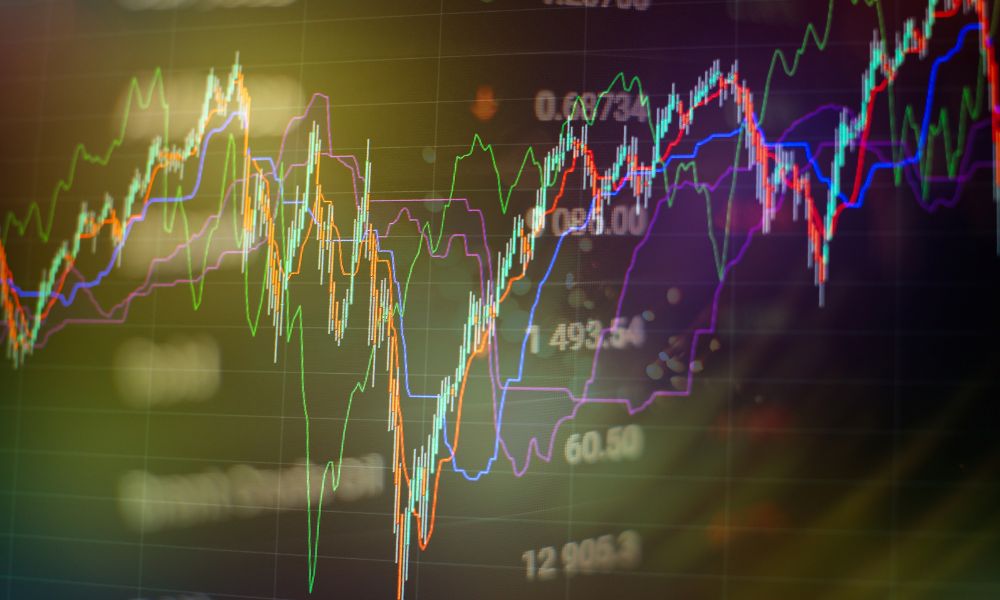In the last few weeks, the markets have experienced a level of volatility not seen for an incredibly long time. Even though volatility isn’t a new idea for investors, and historically markets have eventually always returned to upward trajectories, sharp movements have also always had the potential to spook. In fact, sometimes, periods of volatility can shift the investment landscape so much that investors need to alter their outlook and strategy.
So is that the case at the moment?
Here, we examine why the market has been so volatile recently and what investors can expect moving forward.
Why has the market been so volatile recently?
There are a couple of main reasons.
Firstly, one of the most significant factors has been the unwinding of yen-funded carry trades. A carry trade is when an investor borrows in a low-interest rate currency and then invests the proceeds in higher-yielding assets elsewhere. However, the Japanese government made the rare move of raising interest rates recently and announced it would reduce its monthly bond-buying. The yen strengthened, which in turn hurt investors borrowing in the currency. As a result of a squeeze on many investors who had yen-funded carry trades, a large number of these investors exited these positions, which caused severe market disruption.
Secondly, a number of investors have also started to have economic concerns in the U.S. The economy looks to be slowing down, having enjoyed a relatively robust period of growth despite soaring inflation and the ongoing impact of the pandemic. Now, companies are starting to announce surprising disappointing earnings – particularly in the tech sector – while consumer confidence data and employment figures have also been weaker than expected. To exacerbate the situation, the uncertainty surrounding the U.S. Presidential election may be of further concern for investors.
Looking back at past market volatility
To better understand current market conditions, it’s helpful to look at historical patterns as looking at August’s volatility in a vacuum may make the situation look better or worse than it is. Using the Cboe Volatility Index, known as VIX, can act as a gauge for investor sentiment over time. At the beginning of August, the VIX rose to 38.57, though it has come back down slowly. Historically, if it goes above 35, it takes an average of around 170 trading sessions to return to its long-term median of 17.6. At the time of writing, it is bobbling at around 18.
Therefore, while it looks as if the market is starting to calm down, we are only a couple of weeks beyond the recent spike. In the past, market jitters tend to last for a number of months.
What investors can expect moving forward
With the current backdrop, even if initial fears have been allayed, investors may want to brace themselves for continued volatility. As a result, now more than ever, keeping an eye on key indicators could prove incredibly helpful - irrespective of investment style.
Looking at measures of inflation and employment data, as well as following the actions of the Fed, will support making fully informed investment decisions. Corporate earnings reports will also be particularly useful as, along with figures such as the Consumer Price Index, they will give color to consumer confidence and the state of the economy. To a certain extent as well, remaining informed on the latest in the US Presidential election could support investment decisions.
Ultimately, regardless of how investors choose to make investment decisions, mass panic seems unnecessary. Yes, the market was spooked, but that’s the nature of investing. Over the long term, staying invested has always led to longer-term gains. As history has shown, markets eventually stabilize, and those who remain patient and disciplined are often rewarded.
Want These Types of Insights at Your Fingertips so You Can Win More Trades?
Use VectorVest to analyze any stock free. VectorVest is the only stock analysis tool and portfolio management system that analyzes, ranks and graphs over 18,000 stocks each day for value, safety, and timing and gives a clear buy, sell or hold rating on every stock, every day.
Before you invest, check VectorVest! Click here to ANALYZE ANY STOCK FREE and see our system in action!











Leave A Comment